Tarte Tatin Recipe: 9 Easy Steps For Perfect French Apple Tart
Discover the history, step-by-step preparation, and expert secrets behind the iconic French tarte Tatin—a caramelized apple tart baked upside-down.
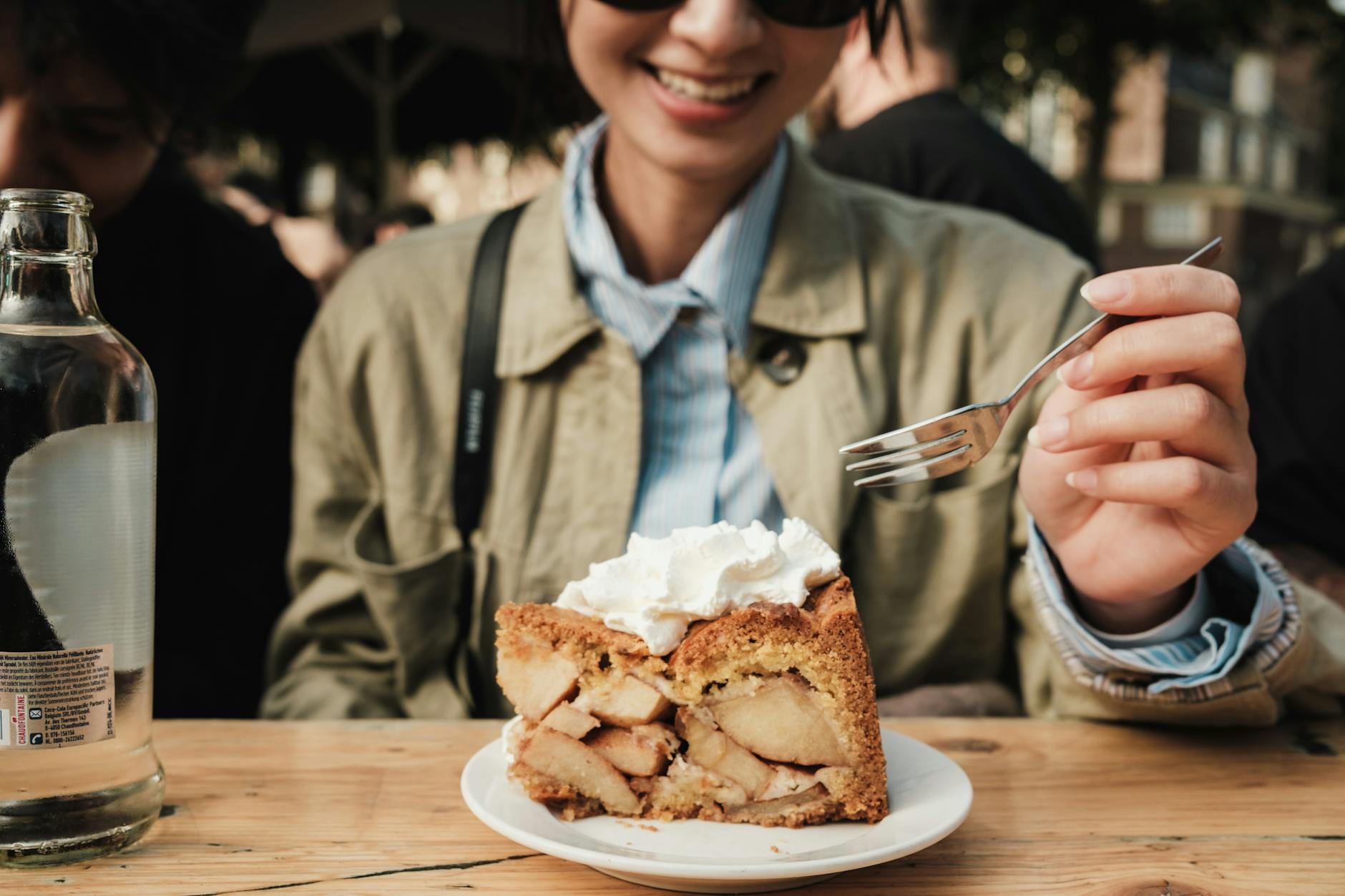
French-Style Apple Tart (Tarte Tatin): A Classic Upside-Down Delight
The French tarte Tatin is a legendary dessert famous worldwide for its caramelized apples and beautifully flaky pastry. This upside-down apple tart combines the simplicity of rustic baking with the elegance of French cuisine. In this comprehensive guide, we’ll explore the history behind the tarte Tatin, offer a step-by-step recipe with expert tips, discuss ideal ingredients, and answer frequently asked questions to help you create this timeless classic in your own kitchen.
Table of Contents
- History and Origin of the Tarte Tatin
- Ingredients and Equipment
- Step-by-Step Recipe Instructions
- Expert Tips & Variations
- Serving Suggestions
- Frequently Asked Questions (FAQs)
The Fascinating History of Tarte Tatin
The tarte Tatin, often hailed as the “upside-down apple tart,” owes its creation to the Tatin sisters, Stéphanie and Caroline, who ran the Hotel Tatin in Lamotte-Beuvron, France, during the late 19th century. According to legend, a happy kitchen accident—either forgotten apples or a dropped tart—led to apples being caramelized in sugar and butter, topped with pastry, and finished in the oven. The resulting dessert quickly became the hotel’s signature dish and was ultimately named after its creators, becoming a beloved staple of French patisserie and a symbol of rustic culinary brilliance. Today, the tarte Tatin is cherished for its deep, rich caramel flavor and elegant presentation.
Essential Ingredients and Equipment
To create an authentic tarte Tatin, quality ingredients and the right tools are key. Below are the classic components and tips for selecting the best items for this recipe.
Core Ingredients
- Apples: Use apples that hold their shape during baking—Granny Smith, Braeburn, or similar varieties are ideal for their firm texture and tart flavor.
- Sugar: Classic granulated sugar for caramelizing the apples.
- Butter: Unsalted, for the caramel base.
- Pastry: Traditional shortcrust or ready-made puff pastry can be used. Homemade pastry offers richer flavor, but high-quality puff pastry ensures convenience and flakiness.
- Lemon juice: Prevents apples from browning and balances sweetness.
- Optional flavorings: Vanilla bean, Grand Marnier, or brandy for depth.
Suggested Equipment
- 10-inch cast iron skillet or ovenproof sauté pan (essential for caramelizing apples and oven-baking the tart).
- Mixing bowls
- Rolling pin (if using homemade pastry)
- Peeler and corer for apples
- Knife and cutting board
- Plate or platter for inverting the tart
Step-by-Step Recipe Instructions
1. Prepare the Pastry
- For homemade shortcrust: Combine 250g flour, 125g butter, 25g caster sugar, 1 egg yolk, 40ml water, and a pinch of salt. Knead briefly, form into a disk, wrap, and chill for at least 1 hour.
- For puff pastry: Use a store-bought sheet, rolled to about 1/8 inch thick and 1-inch wider than your pan.
2. Preheat the Oven
Preheat your oven to 375°F (190°C). This ensures an even bake and caramelization.
3. Prepare the Apples
- Peel, halve, and core approximately 6–8 apples, depending on their size and your pan.
- Soak them briefly in lemon water to prevent browning.
4. Make the Caramel
- Add 100g sugar to your skillet over medium heat. Stir gently until it melts and turns golden amber.
- Add 100g butter (cubed), swirling the pan to blend. Add 1 tbsp lemon juice and optional flavorings (vanilla bean, Grand Marnier, or brandy) at this stage, if desired.
5. Arrange the Apples
- Place apple halves, rounded side down, tightly in the caramel. Repeat with a second layer if you want a taller tart, arranging apples vertically for dramatic effect.
- Spoon caramel over the apples to coat evenly.
6. Par-Cook the Apples
- Let apples simmer in the caramel for 10–15 minutes. Rotate them occasionally for even coating and softening, but avoid full disintegration.
7. Top with Pastry
- Roll out the pastry to a rough circle about 1-inch larger than your pan.
- Drape the pastry over the apples, tucking in the edges all around for a snug fit.
- Cut a small vent or two in the center to allow steam to escape.
8. Bake
- Place the pan on a baking sheet to catch any overflow.
- Bake for 25–35 minutes or until the pastry is golden brown and crisp, and the caramel bubbles around the edges.
9. Cool Slightly and Invert
- Allow the tart to rest for at least 30 minutes after baking. This lets the caramel thicken slightly, preventing a soupy mess when inverting.
- Run a butter knife around the edges to loosen.
- Place a plate or platter over the skillet, hold tightly, and quickly flip upside-down. Don’t worry if any apples stick—just replace them gently on top of the tart.
Expert Tips, Tricks, & Variations
- Choosing Apples: Select firm, tart apples such as Granny Smith, Braeburn, or Golden Delicious for the best texture and flavor.
- Pastry Options: Either shortcrust or puff pastry works; shortcrust gives a biscuit-like finish, while puff pastry delivers a flaky, buttery bite.
- Caramel Mastery: Keep a close eye while caramelizing sugar to avoid burning. If it smells bitter or turns too dark, start over—burnt caramel will ruin the tart’s flavor.
- Layering Apples: For a dramatic, thick tart, stand the apples vertically. For a more traditional look, arrange them flat but tightly packed. Overlapping is encouraged to ensure a full, impressive topping.
- Resting Before Flipping: Always let the tart sit at least 30 minutes post-bake so the caramel sets and the tart holds together after inversion.
- Flavor Additions: Try infusing the caramel with vanilla bean, orange zest, a splash of apple brandy, or even a hint of cinnamon for a twist.
- Alternative Fruits: Classic tarte Tatin is apple-based, but pears, quinces, peaches, or even mango can be substituted for creative variations.
Serving Suggestions
- Serve Warm: Tarte Tatin is best enjoyed slightly warm, highlighting the silky caramel and tender apples.
- Accompaniments: Pair with a dollop of crème fraîche, softly whipped cream, or a scoop of vanilla ice cream for a delectable contrast in temperature and texture.
- To Store: Store leftovers covered at room temperature for one day, or refrigerate for up to three days. Gently reheat before serving to restore the caramel’s lusciousness.
Frequently Asked Questions (FAQs)
Q: What is the best apple variety for tarte Tatin?
A: Granny Smith, Braeburn, and Golden Delicious apples are highly recommended because they maintain their shape after baking and provide a balance of acidity and sweetness.
Q: Can I use puff pastry instead of shortcrust?
A: Yes. Puff pastry is a popular and convenient choice, yielding a flaky, buttery finish that pairs beautifully with caramelized apples.
Q: Can tarte Tatin be made in advance?
A: Yes. The tart can be baked ahead, then gently reheated in a warm oven. It is best served fresh and warm, but leftovers keep well for a couple of days.
Q: My caramel became grainy or hardened—what went wrong?
A: Caramel can crystallize if stirred too much or if there are impurities in the pan. Always use clean pans and stir minimally once caramelization begins. If the caramel hardens after adding apples, it will remelt during baking.
Q: What if some apples stick to the pan after flipping?
A: This is common. Simply remove the stuck apples with a spatula and place them neatly on top of the tart—no one will notice!
Q: Can I add spices like cinnamon or nutmeg?
A: Absolutely. While traditional recipes are simple, a pinch of cinnamon, nutmeg, or even cardamom can add a new dimension to your tarte Tatin.
Conclusion
The French-style apple tart, or tarte Tatin, is a testament to the art of simple, honest ingredients expertly prepared. With crisp pastry, deeply caramelized apples, and a rich French lineage, this dessert offers an unforgettable culinary experience. By following this step-by-step guide, home bakers can confidently recreate this classic, impress guests, or savor a slice for themselves. Bon appétit!
References
Read full bio of medha deb


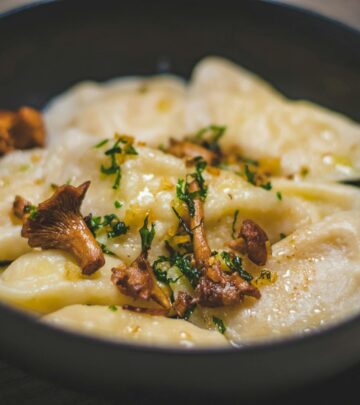
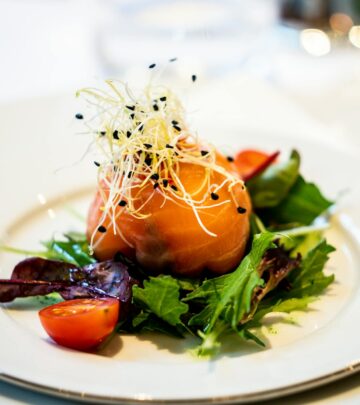

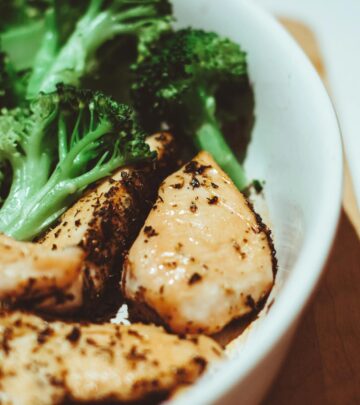
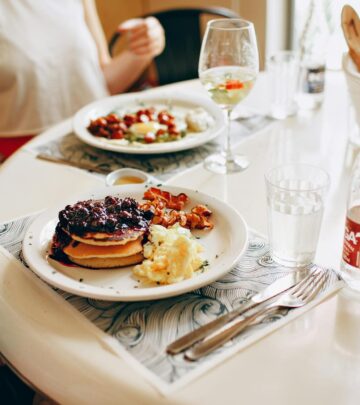
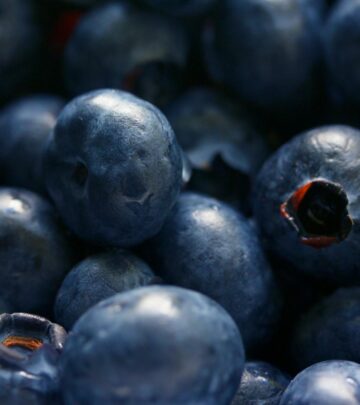




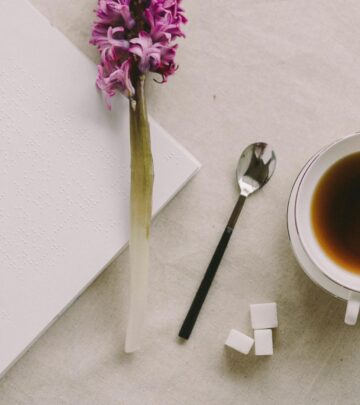



Community Experiences
Join the conversation and become a part of our empowering community! Share your stories, experiences, and insights to connect with other beauty, lifestyle, and health enthusiasts.